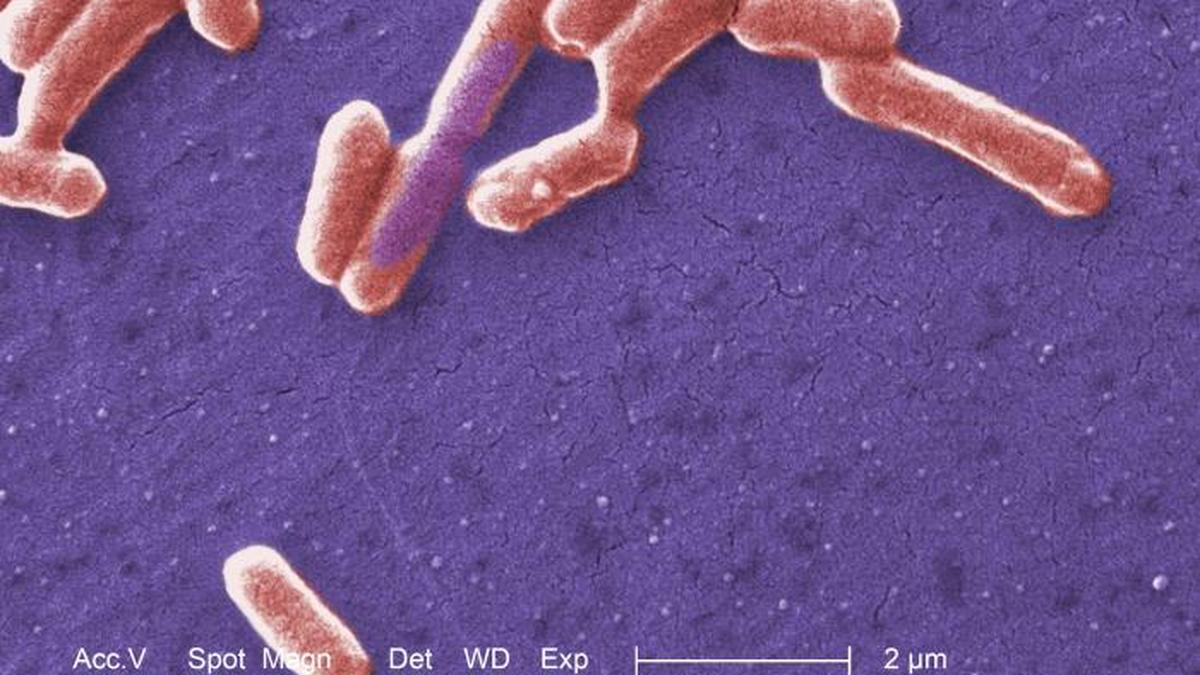Scientists turn E. coli bacteria into a mercury sensor

IN NEWS : Scientists turn E. coli bacteria into a mercury sensor
Analysis:
- Researchers from Imperial College London and Zhejiang University have genetically engineered Escherichia coli (E. coli) bacteria to act as living, self-powered chemical sensors that directly interface with electronics.
- Traditional biosensors based on enzymes are fragile, costly, and slow, whereas whole-cell biosensors can self-repair and operate in contaminated environments.
Modular Biosensor Design:
- Sensing Module: Detects target chemicals using molecular regulators.
- Information Processing Module: Amplifies or processes the signal.
- Output Module: Produces phenazines, measurable via electrochemical voltammetry.
Proof-of-Concept Sensors:
- Arabinose Sensor: Detects plant sugar in approximately 2 hours.
- Mercury Sensor: Detects 25 nanomoles of mercury (well below WHO safety limit) in ~3 hours using a genetic amplifier.
Additional Innovation:
- Implementation of an “AND” logic gate in E. coli, producing a signal only when two specific molecules are simultaneously present.
Significance:
- Enables low-cost, programmable, durable bioelectronic devices.
- Applications in environmental monitoring, water safety, diagnostics, and synthetic biology.
Updated: August 17, 2025, 05:45 AM IST | Source: The Hindu